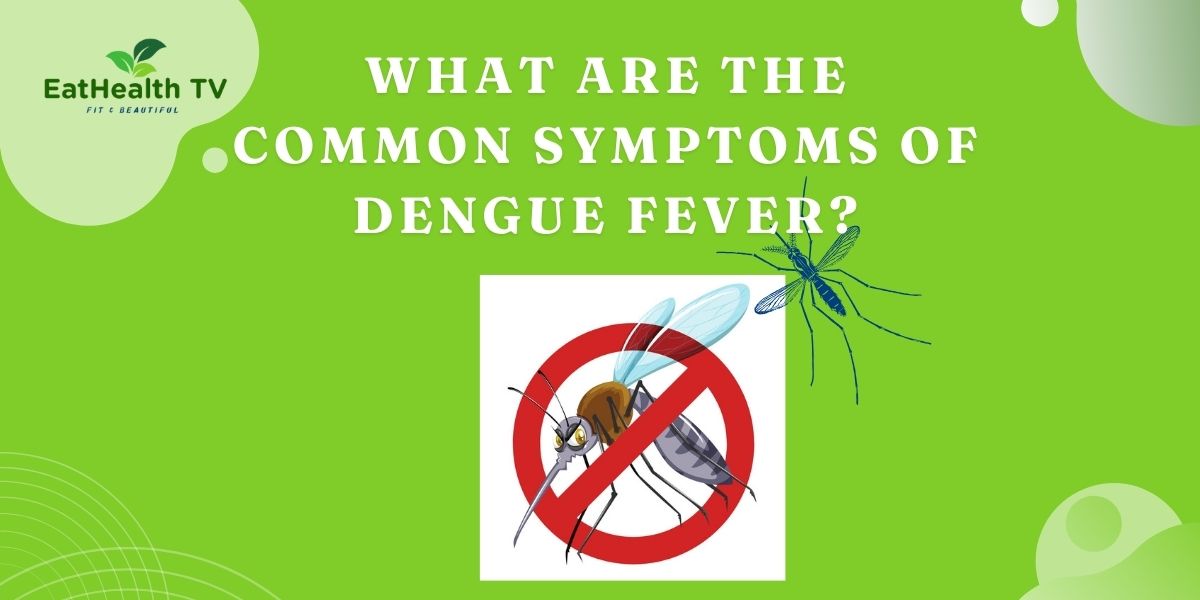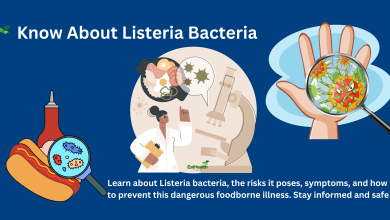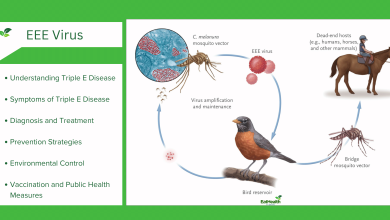What are The Common Symptoms of Dengue Fever?
Conquer Dengue Fever: Identify Symptoms Early to Stay Safe
Recognize the Common Symptoms of Dengue Fever Early!

Dengue fever, a mosquito-borne viral disease, has become a significant public health concern in tropical and subtropical regions. Transmitted primarily by the Aedes aegypti mosquito, the virus poses a substantial risk, particularly during rainy seasons when mosquito populations flourish. Dengue is caused by four distinct but related viruses (DENV-1, DENV-2, DENV-3, and DENV-4), meaning a person can be infected multiple times, each potentially leading to more severe symptoms. Understanding the common symptoms of dengue fever is crucial for timely diagnosis and management, as well as preventing its progression into severe dengue or dengue hemorrhagic fever.
Overview of Dengue Fever
Dengue fever is a flu-like illness that affects people of all ages. While it can be asymptomatic, mild, or moderate in some cases, it can also manifest in more severe forms, making early symptom identification essential. The incubation period typically lasts from 4 to 10 days after being bitten by an infected mosquito, meaning symptoms might take a while to appear. Once symptoms develop, they can range from mild discomfort to life-threatening complications. This blog will focus on the most common symptoms that can help identify dengue fever early.
Common Symptoms of Dengue Fever
1. High Fever
One of the hallmark signs of dengue fever is the sudden onset of high fever. This fever often reaches 104°F (40°C) or more and is persistent. The fever typically lasts for 2 to 7 days and may appear in two phases: a sudden spike in temperature, followed by a short decline, and then a second fever spike. This characteristic pattern is often referred to as “saddleback fever” due to the up-and-down nature of the temperature changes.
2. Severe Headache
A severe and throbbing headache is another key symptom of dengue fever. The headache is usually centered behind the eyes (retro-orbital pain) and can be quite debilitating. This pain is often one of the first signs to accompany the high fever and can be constant throughout the illness. The intensity of the headache may differentiate dengue fever from other viral infections like the flu, where headaches may not be as pronounced.
3. Pain Behind the Eyes (Retro-Orbital Pain)
Alongside the severe headache, many dengue patients experience significant pain behind their eyes. This retro-orbital pain worsens with eye movements and can make the eyes extremely sensitive to light. While this symptom is less well-known than fever or rash, it is quite common and should be taken seriously as part of the overall symptom profile.
4. Joint and Muscle Pain
The joint and muscle pain associated with dengue fever is often severe and widespread, earning the illness the nickname “breakbone fever.” These pains are due to the virus’s impact on the muscles, bones, and tissues, causing inflammation and discomfort. Pain may be especially noticeable in the lower back, limbs, and even around the joints. It can make everyday activities difficult and add to the overall feeling of exhaustion.
5. Fatigue and Weakness
Extreme tiredness and a general sense of weakness are very common in dengue fever. This can persist even after the fever subsides, leaving individuals feeling exhausted for weeks. The weakness may be so profound that it limits physical activities, leading to a prolonged recovery period. For many patients, this lingering fatigue is one of the most frustrating aspects of dengue, as it can interfere with normal daily life.
6. Nausea and Vomiting
Many patients with dengue fever experience nausea and vomiting, often accompanying the early phase of the fever. These gastrointestinal symptoms can lead to dehydration, which worsens the overall condition. Proper fluid intake is crucial during this stage to avoid further complications. These symptoms, while common, are nonspecific and can be mistaken for other viral infections or gastrointestinal issues, so they should be observed in conjunction with other dengue symptoms.
7. Rash
A characteristic rash often develops in patients with dengue fever, typically appearing 3 to 4 days after the onset of fever. The rash can vary in appearance, sometimes resembling measles or a red, mottled rash that starts on the chest and spreads to the rest of the body. In some cases, the skin may also become very sensitive, and patients might experience itching. While not present in every case, the rash is a distinctive sign when combined with other dengue symptoms.
8. Swollen Glands
Lymphadenopathy, or swollen lymph nodes, can also occur in dengue fever patients. Swelling in the neck and armpits is most commonly noted, signaling the body’s immune response to the viral infection. Although swollen glands are more common in certain viral infections, their presence in dengue fever can be a valuable symptom for clinicians during diagnosis.
9. Mild Bleeding
Dengue fever can sometimes cause mild bleeding symptoms, such as nosebleeds, gum bleeding, or easy bruising. This is due to a decrease in the blood platelet count, which affects the body’s ability to clot. These bleeding symptoms may worsen if the illness progresses to severe dengue or dengue hemorrhagic fever. Any signs of abnormal bleeding should be taken seriously and monitored closely, especially if accompanied by other symptoms of severe dengue.
Progression to Severe Dengue
In some cases, dengue fever can progress to more severe forms, such as dengue hemorrhagic fever (DHF) or dengue shock syndrome (DSS). These life-threatening conditions are characterized by:
- Severe abdominal pain
- Persistent vomiting
- Rapid drop in blood pressure
- Severe bleeding
- Difficulty breathing
- Signs of shock (cold, clammy skin, rapid pulse)
These severe symptoms usually occur after the initial fever has subsided and are considered medical emergencies. Immediate hospitalization is necessary for treatment and supportive care.
Diagnosis and Treatment
While the common symptoms listed above are key indicators of dengue fever, a definitive diagnosis can only be made through laboratory tests. Blood tests are used to detect the presence of dengue virus antigens or antibodies and to monitor platelet levels, which are crucial in assessing the severity of the disease.
There is no specific antiviral treatment for dengue fever. Management focuses on relieving symptoms and preventing complications. Patients are advised to:
- Stay hydrated: Dehydration is common due to high fever and vomiting.
- Take rest: Physical rest is essential for recovery.
- Use pain relievers: Over-the-counter pain relievers like acetaminophen (paracetamol) are recommended to reduce fever and pain. Aspirin and ibuprofen should be avoided as they can increase the risk of bleeding.
In severe cases, hospitalization may be required for intravenous fluids, platelet transfusions, and monitoring for complications like organ damage or shock.
Conclusion
Dengue fever, though widespread, can be managed effectively if detected early. Recognizing its common symptoms—high fever, severe headache, joint and muscle pain, rash, and mild bleeding—is crucial for timely intervention. As there is no vaccine or cure for dengue fever, prevention through mosquito control and personal protection measures, such as using insect repellent and wearing long-sleeved clothing, remains the best strategy for avoiding the disease.
Understanding these symptoms can save lives by prompting early diagnosis and appropriate medical care, helping prevent the progression to severe forms of the disease.




